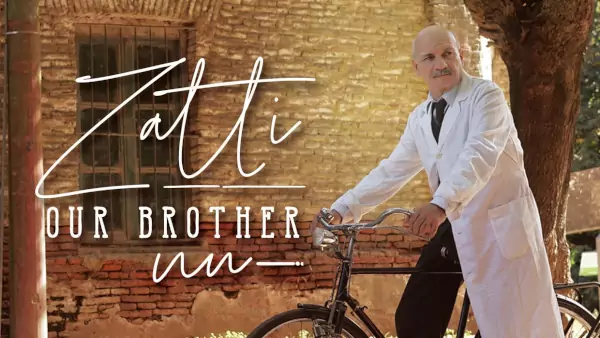November 1 - Feasts honoring all martyrs existed as early as the fourth century in the Eastern Churches on the Sunday after Pentecost. In Rome, also in the fifth century, a feast in honor of saints and martyrs was already celebrated on the Sunday after Pentecost.
After the transformation of the Pantheon of Rome into a sanctuary, Pope Boniface IV consecrated it on May 13, 610, under the name of the Church of St. Mary and the Martyrs. Boniface IV wanted to commemorate all the Christian martyrs whose bodies were honored in this sanctuary. The feast of All Saints' Day was then celebrated on May 13, the anniversary of the dedication of this church dedicated to the martyrs. The celebration of the Christian feast of All Saints on November 1st appeared in the West in the 8th century. In fact, it is perhaps from this period that it is celebrated on November 1, when Pope Gregory III dedicated a chapel in St. Peter's Basilica in Rome to all the saints. Around 835, Pope Gregory IV ordered that this feast be celebrated throughout Christendom. In 1914, Pius XI made it an obligatory feast.
This feast is dedicated to all the saints. According to Archbishop Robert Le Gall, "this celebration groups together not only all the canonized saints, that is, those whom the Church assures, by committing her authority, that they are in the Glory of God, but also all those who, in fact and in the greatest number, are in divine bliss". It is therefore all those persons, canonized or not, who have been sanctified by the exercise of charity, the acceptance of mercy and the gift of divine grace. This feast therefore reminds all the faithful of the universal vocation to holiness.








